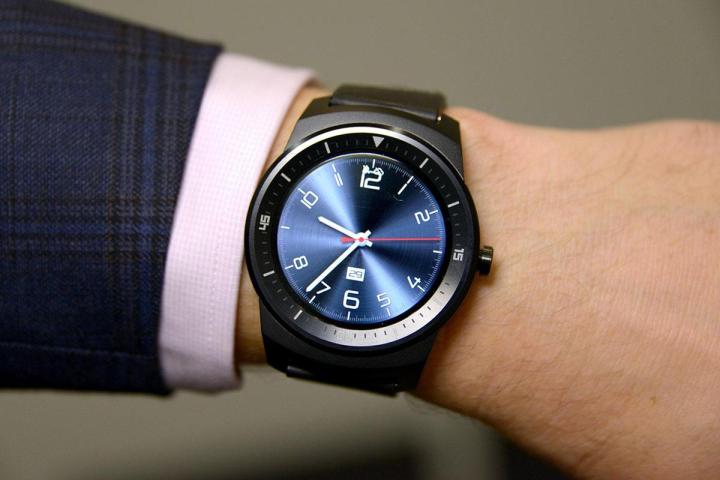
The TRL found that a driver reading a text on a smartwatch takes an average of 2.52 seconds to react to an unexpected event. That compares with 1.85 seconds for a driver using a smartphone and 0.9 seconds for a driver talking to someone else in the car.
Using a smartphone while driving is banned across most of the world (the U.K. ban dates from 2003) though as yet it’s only outlawed in some U.S. states. If the TRL’s findings are backed up by further studies, then it looks like new legislation is going to be needed for our wrist-based computers.
There are existing laws that could be interpreted to cover smartwatch use, such as driving without proper care and attention — in the U.K., smartwatches fall under the heading of “distracting electronics.” Back in December, meanwhile, a Moto 360 user in Illinois was pulled over for controlling music on his paired smartphone. Does a watch count as a hands-free device or not?
It wouldn’t be the first time that the law has struggled to keep up with the rapid pace of technology change, though a number of U.S. states are now considering legislation to cover the use of smartwatches. For now the safest course of action is to ignore the pings and buzzes of your wearable until you’ve reached your destination or have chance to pull over.
Editors' Recommendations
- The iPhone could soon pick up a car crash detection feature that can dial 911
- Tesla issues stark warning to drivers using its Full Self-Driving mode
- This self-driving racing car could have done with a driver
- Amazon buys autonomous vehicle startup Zoox for more than $1 billion
- Study: Motorists using Apple CarPlay are more distracted than drunk drivers


